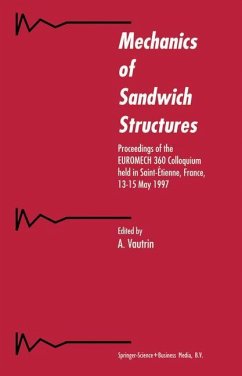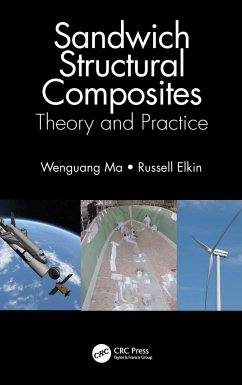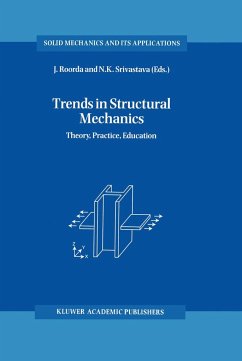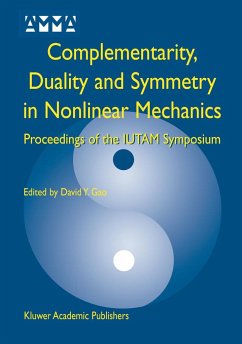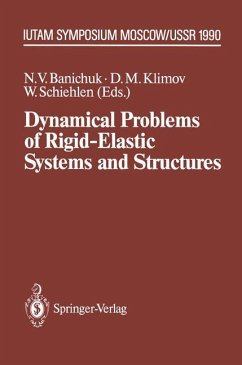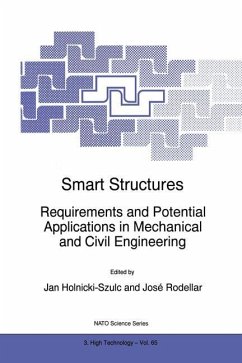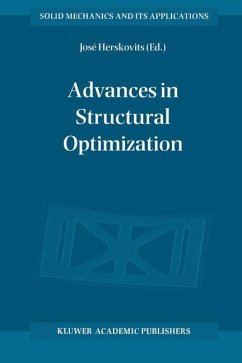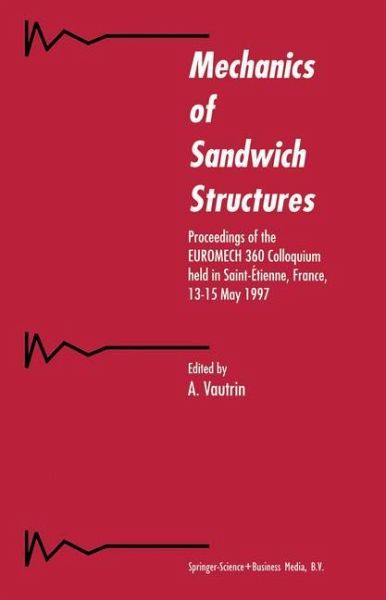
Mechanics of Sandwich Structures
Proceedings of the EUROMECH 360 Colloquium held in Saint-Étienne, France, 13-15 May 1997
Herausgegeben: Vautrin, A.

PAYBACK Punkte
58 °P sammeln!
The main advantages of sandwiches as structural components are now well known and well-established. Due to the progress in polymer science and engineering and advances in manufacturing processes, sandwich structures can blend various functional and structural properties and therefore lead to highly innovating systems. The current difficulty to overcome is to provide designers with proper methodologies and tools that could enable them to design improved sandwich structures. Such dedicated design tools should be efficient, reliable, flexible and user-friendly. They should be based on advanced kn...
The main advantages of sandwiches as structural components are now well known and well-established. Due to the progress in polymer science and engineering and advances in manufacturing processes, sandwich structures can blend various functional and structural properties and therefore lead to highly innovating systems. The current difficulty to overcome is to provide designers with proper methodologies and tools that could enable them to design improved sandwich structures. Such dedicated design tools should be efficient, reliable, flexible and user-friendly. They should be based on advanced knowledge of sandwich behaviour at global and local scales. Such approach relies on our capability to test, identify, control and model structure performances. The impressive variety of core and face materials and the rapid developments in forming processes give new opportunities to design components which have more complex shapes and higher integrated functional and structural properties. Interest in sandwiches is permanently growing in industry and refined testing and modelling approaches should be encouraged to set up relevant guidelines to design reliable advanced structures. The European Society for Mechanics sponsored the EUROMECH 360 Colloquium on the 'Mechanics of Sandwich Structures' in Saint-Etienne, France, on 13 - 15 May 1997. The main purpose of EUROMECH 360 was to go into the most recent progresses in sandwich analysis and design, including mechanical modelling and testing. It was expected that the Colloquium should contribute to define new research directions to support development of advanced applications in strategic industrial sectors such as ground transportations or building and civil engineering.





